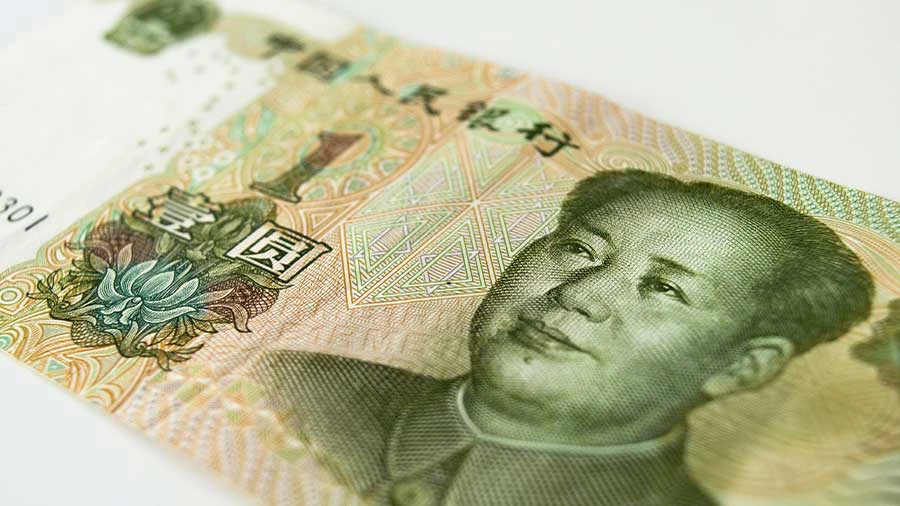We discuss noteworthy changes to China's 2023 Catalogue for Guiding Industry Restructuring for foreign investors that reflect the country's efforts to modernize its industrial system, boost core competitiveness, and meet green goals.
On July 14, the National Development and Reform Commission (NDRC) took the initiative to revise and draft the Catalogue for Guiding Industry Restructuring (2023 Version, Exposure Draft) with the aim of accelerating the development of a modern industrial system. The revised draft was made available for public feedback until August 14, 2023.
This catalogue carries substantial guidance for both domestic and foreign investors, offering insights into sectors that are promoted or discouraged for investment. In this article, we present a comprehensive overview of the catalogue's key contents, conduct an analysis of the updates featured in the new version, and elucidate its pertinence to foreign enterprises.
What is the Catalogue for Guiding Industry Restructuring?
The Catalogue for Guiding Industry Restructuring is a governmental document that provides guidance and direction for the restructuring of industries. It serves as an important reference for directing social investments, managing government investment projects, and formulating policies related to finance, taxation, credit, land, imports, and exports.The catalogue consists of three categories: the Encouraged, the Restricted, and the Obsolete categories:
- The Encouraged category primarily includes technologies, equipment, and products that play a crucial role in promoting economic and social development.
- The Restricted category encompasses technologies that are outdated, do not meet industry access criteria and relevant regulations, pose risks to safety, and hinder achieving carbon peak and carbon neutrality targets. Therefore, there is a need to supervise their transformation and prohibit the construction of new production capacities, technologies, equipment, and products in this category.
- The Eliminated category covers outdated technologies, equipment, and products that do not comply with relevant laws and regulations, cause severe resource wastage, environmental pollution, safety hazards, and obstruct the achievement of carbon peak and carbon neutrality targets. As a result, they require elimination.
- Encouraged projects are subject to approval, verification, or record-filing, according to relevant regulations.
- For projects falling under the restricted category, new construction projects are prohibited. Existing production capacities are allowed to undergo transformation and upgrades within a specified timeframe.
- Investment in projects classified as obsolete is strictly prohibited, and they must be phased out according to the stipulated timeframe.
What’s new in the 2023 version?
The 2023 version of the catalogue consists of a comprehensive set of 1002 entries, categorized into 348 entries under the Encouraged category, 231 entries under the Restricted category, and 423 entries under the Obsolete category.
A comparative analysis with the previous 2019 version reveals a notable decrease of 476 entries in total – a significant reduction of 473 entries in the Encouraged category, a modest increase of 16 entries in the Restricted category, and a decrease of 19 entries in the Obsolete category. The decline in the number of entries within the Encouraged category primarily stems from a strategic consolidation and integration approach regarding industry categories, aimed at unifying entries that share similar characteristics or objectives.
Turning point of China’s industry transformation
One notable distinction between the 2019 and 2023 versions pertains to the strategic focus on the transformation and upgrading of the manufacturing sector. In the 2019 version, the developmental emphasis was on expediting the transformation and modernization of traditional industries, with the objective of transitioning the manufacturing sector from a phase of rapid expansion to one characterized by high-quality growth. Consequently, the 2019 edition encompassed over 900 entries specifically related to the manufacturing sector, constituting more than 60 percent of the total entries.In the 2023 version, the developmental trajectory for the manufacturing sector shifts towards boosting core competitiveness, advancements in product quality, and push towards the middle and high-end segments. This reflects China's determination to establish itself as a robust manufacturing powerhouse, especially amid escalating global competition and evolving geopolitical dynamics.
Increasing importance of the green economy
In the 2019 version, the term "green" was mentioned a total of 21 times, primarily underscoring the pivotal significance of the green economy within traditional manufacturing industries like smelting, chemical engineering, construction, etc.In contrast, the 2023 version exhibits a significant increase, with the term "green" appearing more than 50 times. This expanded focus not only continues to emphasize the crucial role of the green economy in traditional manufacturing industries but also actively encourages market entities to explore and invest in various green sectors, including agriculture, fisheries, energy, pharmaceuticals, transportation, recycling, and in particular, green tech (such as novel energy storage technologies, green hydrogen carbon capture, utilization, and storage, and next-generation perovskite solar cells). It demonstrates China’s ambition to take a lead in the global energy transition and underpins the country’s plan to transition its economy to a greener and higher value-added one.
A new catalogue of intelligent manufacture
Embracing intelligent manufacturing as a primary strategic direction underscores China's commitment to fostering industrial advancement and upgrading in the coming years. An important development in the 2023 version is the introduction of a new subdirectory titled 'Intelligent Manufacturing,' which comprises 16 related industries, including robotics and integrated systems, intelligent detection equipment and instruments, integrated application experience verification services for intelligent manufacturing systems, human-machine interaction systems, etc.This addition reflects China's strategic focus on driving industrial technological transformation and optimization through intelligent manufacturing in the foreseeable future. For foreign enterprises, proactively engaging in research and application of new intelligent manufacturing technologies will provide them with a competitive edge and opportunities to penetrate the Chinese market.
Development of modern service industries
The 2023 version also puts extra emphasis on the integration of modern service industries, such as advanced manufacturing and modern agriculture, and hopes to facilitate new forms, models, and paths of business. Among others, China wants to promote the extension of producer services to achieve specialization and move upwards to the higher end of the value chain. This would entail accelerated development of research and development, design, modern logistics, legal services, and other services, besides further digitization of services.In addition, amid China’s demographic shifts and the Common Prosperity drive, the 2023 version incorporates the country’s intention to upgrade consumer services, that is, diversify service offerings and ensure their high quality development. This will impact the development and delivery of healthcare, elderly care, childcare, culture, tourism, sports, and other services of a public welfare nature.
Why is the Catalogue important for foreign investors?
The Catalogue for Guiding Industry Restructuring is important for both the central and local governments as it serves as a critical reference in formulating and revising policies related to finance, taxation, credit, land, imports, and market regulation. Local governments use this guidance to tailor specific measures that align with their regional industrial development, thereby rationalizing investment direction and fostering the growth of advanced production capacities, while also legally restricting and phasing out outdated production capacities.
For foreign invested enterprises (FIEs), a comprehensive understanding of the Catalogue for Guiding Industry Restructuring will help them better gauge the dynamics, priorities, and trends of the Chinese economy, tap into regional and sectoral incentives, make well-informed business decisions, and take advantage of the opportunities presented by the next phase of China's industrial and technological development.
Practically understood, the Catalogue for Guiding Industry Restructuring and other important policy documents, such as the Negative List for Market Access, the Negative Lists for Foreign Investment, and the Encouraged Catalogue for Foreign Investment, form an organic policy system for guiding foreign investment into the country:
- The Catalogue for Guiding Industry Restructuring reflects China’s policies on the overall industrial restructuring and applies to all businesses, both foreign and domestic ones.
- The Negative List for Market Access standardizes market entry rules for all players, including state-owned firms, private companies, joint-ownership firms, and foreign firms.
- The Negative Lists for Foreign Investment refers to a list of prohibited or restricted industries for foreign investment. For prohibited industries, foreign investors are not allowed to set foot in – through investments or partnerships or takeovers. For restricted industries, foreign investors must meet the specific conditions, such as shareholding limits, stipulated by the negative list. Beyond that, foreign investors might need prior approval from the government to invest in restricted markets. For industries not on the negative list, foreign investors shall be treated equally as their domestic counterparts – when accessing the industries, save for record-filing requirements.
- The Encouraged Catalogue for Foreign Investment lists out industries where favorable treatment is in place for foreign investment, such as tariff exemptions on imported equipment, access to preferential land prices and looser regulation of land use, and qualification to enjoy lower corporate income tax in certain regions of China.








